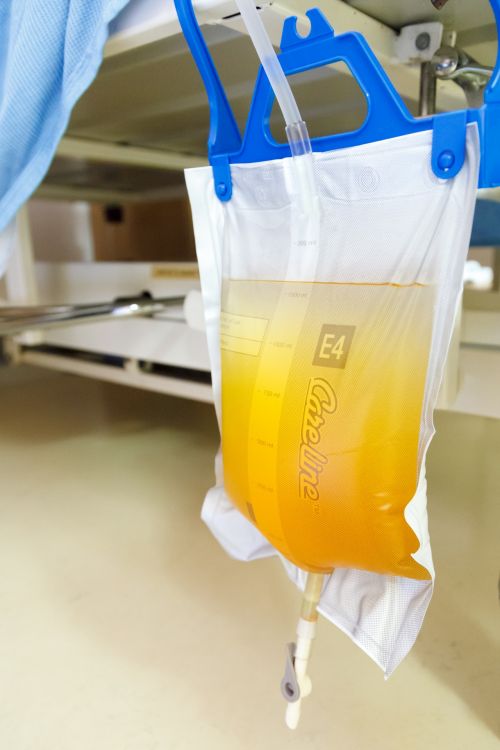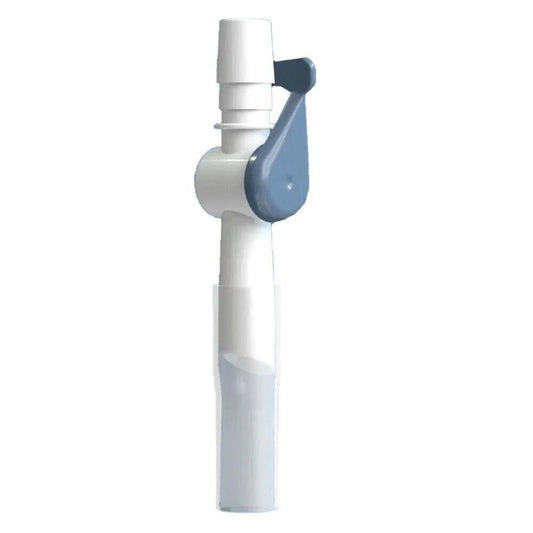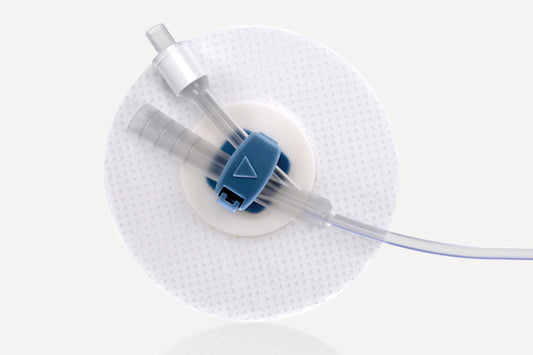
Caring for Indwelling Urethral and Suprapubic Catheters: A Guide for Patients and Caregivers
Share
Indwelling catheters, whether urethral or suprapubic, are critical medical devices used to manage urinary retention, facilitate bladder drainage, or support individuals during post-surgical recovery. Proper care of these devices is essential to prevent infections, maintain functionality, and ensure patient comfort. Here’s an overview of best practices for caring for indwelling urethral and suprapubic catheters.
Understanding the Difference
- Urethral Catheters: Inserted through the urethra into the bladder, these are commonly used for short-term drainage or during hospital stays.
- Suprapubic Catheters: Surgically inserted through the abdominal wall directly into the bladder, these are typically used for long-term needs or when the urethral route is unsuitable.
Daily Hygiene and Maintenance
General Guidelines
- Hand Hygiene: Always wash hands thoroughly with soap and water before and after handling the catheter or drainage bag.
-
Catheter Cleaning:
- Gently clean the catheter insertion site daily with mild soap and water.
- Avoid using creams or powders unless prescribed by a healthcare provider.
Urethral Catheters
- Clean the area around the urethral opening gently.
- Ensure no tension is placed on the catheter to prevent trauma to the urethra.
Suprapubic Catheters
- Clean the insertion site daily with mild antiseptic solutions if recommended.
- Monitor for signs of redness, swelling, or discharge, which may indicate infection.
Managing the Drainage Bag
- Regular Emptying: Empty the bag when it is two-thirds full or every 6–8 hours to prevent backflow of urine.
- Avoid Kinks: Ensure that the tubing is free of kinks or blockages to allow proper urine drainage.
-
Positioning:
- Keep the drainage bag below bladder level to prevent backflow.
- Secure the bag to avoid unnecessary pulling or dislodgement.
Preventing Infections
Urinary tract infections (UTIs) are a common complication of catheter use. To reduce the risk:
- Maintain a closed drainage system and avoid disconnecting the catheter unnecessarily.
- Use sterile equipment for catheter insertion or replacement.
- Stay hydrated to flush the urinary system.
Recognising Problems
Contact a healthcare provider immediately if you notice:
- Cloudy, foul-smelling, or blood-tinged urine.
- Fever, chills, or lower abdominal pain.
- Leakage around the catheter or sudden blockage.
- Signs of infection at the catheter site, such as redness, swelling, or discharge.
Long-Term Care Considerations
- Regular Check-Ups: For long-term catheter users, routine reviews by a healthcare professional are essential to assess catheter function and health.
- Catheter Changes: Follow the schedule recommended by your doctor or nurse for changing the catheter, whether monthly or more frequently if needed.
- Skin Protection: Protect the skin around the catheter site to avoid irritation or breakdown.
Lifestyle Tips
- Clothing: Opt for loose-fitting garments to reduce pressure on the catheter or tubing.
- Exercise: Gentle movement can be beneficial, but avoid strenuous activity that might dislodge the catheter.
- Travelling: Plan ahead with supplies and ensure the catheter and drainage bag are secure during transit.
Empowering Patients and Caregivers
Understanding the basics of catheter care helps patients and caregivers maintain health and quality of life. For any concerns or complications, seek medical advice promptly to address issues before they escalate.
Caring for an indwelling catheter requires diligence and attention, but with proper care, patients can live comfortably while minimising complications. For specific guidance, always consult with your healthcare provider or urologist.





